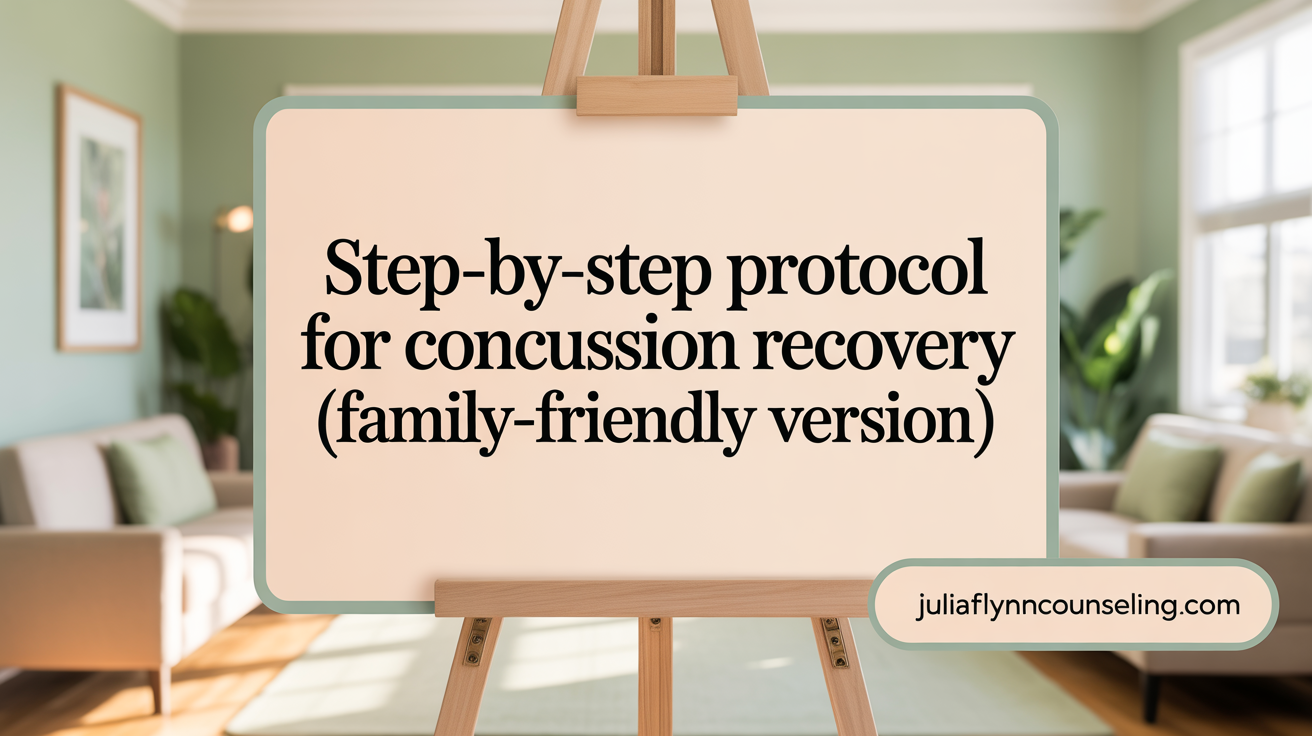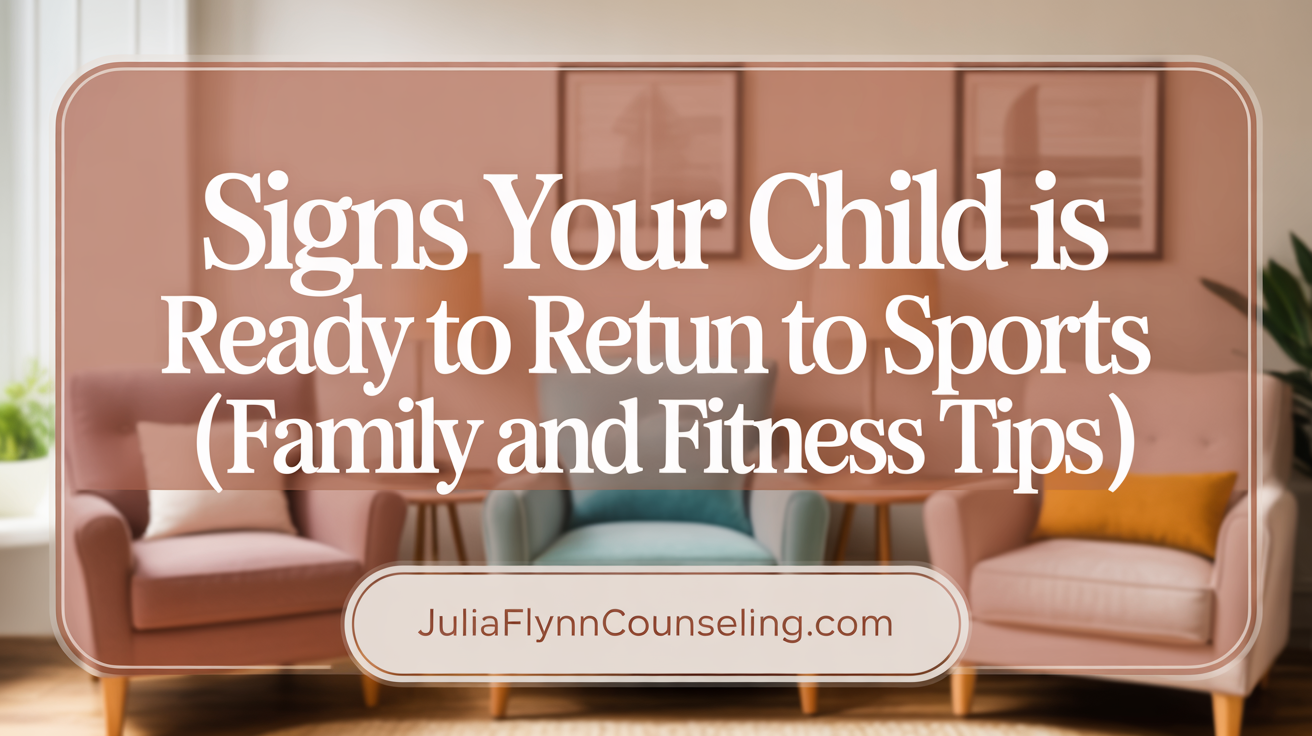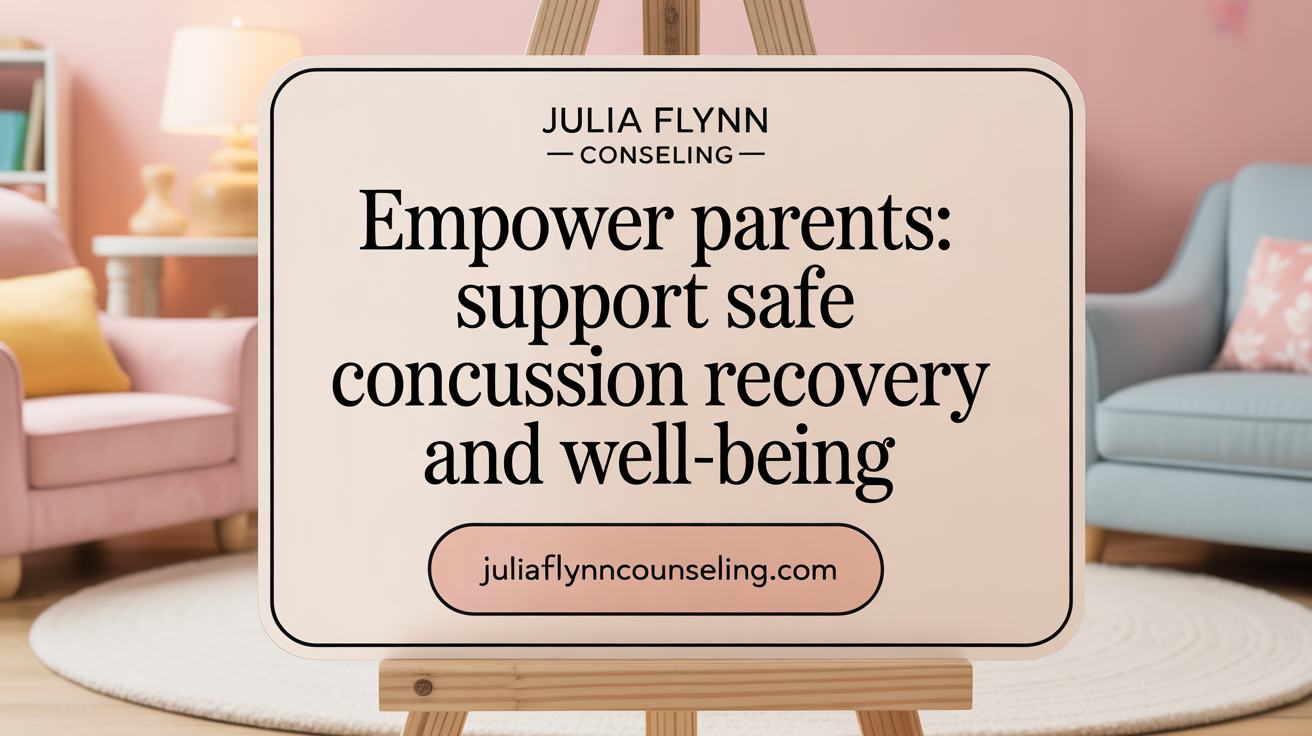Understanding the Critical Path Back to Play
Concussions in children require cautious management to protect their developing brains and avoid long-lasting complications. Parents, caregivers, and coaches must understand the signs of recovery, medical guidelines, and stepwise protocols essential for safely resuming sports. This guide provides a comprehensive overview of when and how children can return to athletic activities after sustaining a concussion, prioritizing their health and long-term well-being.
Medical Guidelines and the Stepwise Return-to-Play Protocol

What are the medical guidelines for safely returning to sports after a concussion?
Following a concussion, medical guidelines emphasize a cautious and gradual approach to returning to sports, tailored to ensure full recovery and prevent re-injury. Based on international standards such as the International Concussion in Sport Guidelines, the process involves a series of steps that athletes must progress through cautiously.
The initial phase is complete physical and mental rest for at least 24 to 48 hours, with a focus on avoiding activities that can worsen symptoms. After this rest period, when symptoms have subsided, the athlete can begin with light aerobic activity, like walking or riding a stationary bike, which should not provoke symptoms.
Progression through subsequent stages involves increasing activity intensity methodically:
| Stage Number | Activity Type | Duration | Conditions for Advancement |
|---|---|---|---|
| 1 | Symptom-limited activity | Rest, minimal exertion | Symptoms are stable and decreasing |
| 2 | Light aerobic exercise (e.g., brisk walking) | 10-15 minutes | No symptoms reoccur during or after activity |
| 3 | Sport-specific drills without contact | 20-30 minutes | No new symptoms, full participation in drills |
| 4 | Non-contact training drills | 30-45 minutes | Tolerance without symptoms, normal cognitive function |
| 5 | Full-contact practice | As approved by healthcare provider | Full clearance and no symptoms at rest |
| 6 | Return to competition | Full participation | Complete symptom resolution and medical clearance |
Crucially, each stage must last at least 24 hours, and the athlete should remain symptom-free throughout. If any symptoms reappear, activities should be immediately stopped, and the athlete should revert to the previous stage and rest until symptoms resolve.
An important component is medical supervision. Each step requires evaluation and clearance by a healthcare provider experienced in concussion management. Children and teens recover more slowly and should only resume full contact sports when fully symptom-free, have returned to school, and received written approval from their healthcare provider.
This methodical, cautious approach helps minimize risks of second injury or long-term complications by ensuring the brain has healed appropriately before returning to high-impact activities.
What are the stages in the return to sports, from rest to full contact?
The progression typically includes the following key phases:
- Rest until symptom-free (usually 24-48 hours)
- Light aerobic activity (walking, stationary biking)
- Sport-specific exercise (dribbling, catching) without contact
- Non-contact training drills with increased exertion
- Full contact practice after medical clearance
- Return to competition
This graduated process takes at least a week or more, depending on individual recovery, and aims to ensure each level is tolerated without symptoms before advancing.
More Information
For comprehensive guidelines, search for "International concussion return-to-play guidelines for children." These standards serve as the foundation for managing pediatric concussion recovery safely and effectively.
Recognizing Readiness: Symptoms and Signs Indicating Safe Resumption of Sports

What are the symptoms and signs that indicate readiness to resume sports after a concussion?
Determining when a child or teen is ready to return to sports after a concussion involves careful observation of both symptom resolution and functional recovery. Most importantly, the initial concussion symptoms such as headaches, dizziness, nausea, fatigue, and sleep disturbances should have fully subsided. The athlete must be able to participate in a structured stepwise return-to-play program without experiencing a recurrence of symptoms or developing new ones during each stage. Each step, which typically lasts at least 24 hours, assesses different aspects of physical and cognitive exertion.
Objective tools further aid in confirming recovery. Neuropsychological testing can evaluate memory, concentration, and processing speed to ensure cognitive functions have returned to baseline. Vestibular-ocular motor screening (VOMS) and exercise tolerance assessments, such as the Buffalo Concussion Treadmill Test, monitor physiological recovery, particularly the brain’s ability to handle exertion without symptoms.
Final clearance from a healthcare provider experienced in concussion management is essential. They will confirm that the athlete has no residual symptoms, has demonstrated adequate exercise tolerance, and is psychologically ready to resume non-contact or contact sports. This thorough, supervised approach helps minimize the risk of re-injury and the potential for long-term consequences.
Risks of Premature Return: Why Patience and Clearance Matter

What are the risks of playing sports before fully recovering from a concussion?
Returning to sports too soon after a concussion can have serious consequences. If an athlete resumes play before their brain has fully healed, symptoms like headaches, dizziness, and confusion can worsen and extend the recovery process. More critically, it increases the risk of second impact syndrome, a rare but potentially fatal condition where a second blow causes dangerous swelling of the brain.
This premature return also impairs the athlete’s judgment, coordination, and reaction time, making further injuries or accidents more likely. The long-term effects of rushing back too early include cognitive difficulties, mood changes, and other neurological problems.
To minimize these dangers, it is essential that athletes complete a gradual, medically supervised return-to-play process. This involves waiting until all concussion symptoms have disappeared and obtaining explicit clearance from a healthcare professional. Following these precautions helps protect young athletes from serious complications and promotes complete recovery.
Typical Recovery Timeline and What Parents Should Expect
How long should a child typically be sidelined from sports after sustaining a concussion?
Children generally need to be sidelined from sports for at least 7 to 10 days following a concussion. During this period, they should rest physically and mentally, avoiding activities that could worsen symptoms. Recovery involves a gradual, stepwise return to activity, starting with light exercises and slowly increasing intensity under medical supervision.
Most children recover fully within 2 to 4 weeks. However, the exact timeline varies based on individual factors like injury severity and adherence to recovery protocols. It’s crucial that children do not return to full contact or high-risk activities until they are symptom-free and have medical clearance. Returning too early can risk a second impact, which may lead to serious or long-term health issues.
Return-to-school alongside return-to-play
Parents should coordinate with healthcare providers and school staff to ensure a cautious return to school. Children can usually resume light school activities within 2-3 days if their symptoms are decreasing and they can tolerate 30 to 45 minutes of low-stimulation tasks.
A structured return-to-school plan gradually increases academic load, allowing the child to rebuild strength in their mental and physical activities, which can speed recovery. Full-time attendance and academic accommodations may be necessary during the recovery.
Simultaneously, the return-to-play process begins once the child is back in school, symptom-free, and able to manage daily activities. Returning to sports should follow a step-by-step protocol, with each stage lasting at least 24 hours and only progressing if no symptoms return.
Usual duration for symptom resolution
Most children see a significant decrease in concussion symptoms within 2 weeks. Symptoms like headache, dizziness, and fatigue typically improve with rest and gradual activity. For some, symptoms may persist beyond 4 weeks, requiring further evaluation and possible referral to specialists.
Children with ongoing symptoms beyond 4 weeks should consult healthcare providers experienced in concussion management. These cases may involve more comprehensive treatment plans and longer recovery times.
Steps for managing ongoing symptoms and specialist referral
If symptoms continue or worsen, it’s vital to involve healthcare professionals, preferably those specializing in concussion or brain injury. The management includes:
- Monitoring symptoms closely during activity.
- Avoiding activities that provoke symptoms.
- Adjusting rest and activity levels based on medical advice.
- Utilizing neuropsychological assessments to monitor cognitive recovery.
Persistent symptoms beyond four weeks, or unusual symptoms such as severe headache, seizures, or visual disturbances, necessitate referral to a concussion specialist or neurologist. These specialists can provide tailored treatment options, and in some cases, advanced imaging or therapies may be needed.
Effective management and patience are critical to ensuring complete recovery and safe return to all activities.
Educating Parents and Caregivers: Supporting Safe Recovery and Return to Play

How can parents and caregivers be educated about concussion recovery and the safe resumption of sports?
Educating parents and caregivers is vital for ensuring a child's safe recovery and return to sports after a concussion. First, they should receive clear information about the symptoms of concussion, such as headache, dizziness, and confusion, and understand that recovery typically takes weeks. It's important they know that a full return to sports must follow a gradual, step-by-step process supervised by a healthcare professional, starting with light activity 24-48 hours after initial rest.
Parents need to understand the 6-step return-to-play protocol, which involves stages from gentle activities to full contact, with each step lasting at least 24 hours without symptoms. Medical clearance is essential before progressing to the next stage or returning to full participation.
Law and policy awareness can also prevent premature returns. Many regions require healthcare approval for children to resume contact sports and emphasize proper safety gear and techniques.
Ongoing communication with healthcare providers, athletic trainers, and school staff is key. Caregivers should be encouraged to report any recurrence of symptoms immediately.
Various resources such as educational leaflets, online training modules, and support groups can help parents stay informed. These resources empower them to support their child's recovery actively and make well-informed decisions about returning to sports and daily activities, promoting safety and well-being.
Prioritizing Safety and Recovery in Your Child’s Athletic Journey
Returning to sports after a child’s concussion involves careful navigation through medical guidelines, symptom monitoring, and gradual progression. Complete recovery, confirmed by healthcare professionals, is critical to preventing secondary injuries and long-term effects. Parents and caregivers play a vital role in supporting this process through education, collaboration with medical and school teams, and advocating for safe return-to-play protocols. By following evidence-based steps and allowing ample time for healing, children can safely resume sports, enjoy their athletic pursuits, and maintain their brain health for years to come.
References
- When Can Kids Return to Sports After a Concussion?
- When Can Teens Go Back to Sports After a Concussion? - Kids Health
- After a Concussion: When to Return to School - HealthyChildren.org
- Returning to Sports | HEADS UP - CDC
- Returning to School and Sports After a Concussion
- When Can I Return to Sports? Concussion Recovery for Athletes
- What to do After a Concussion | HEADS UP - CDC
- Returning to Play After a Head Injury During a Sporting Event
